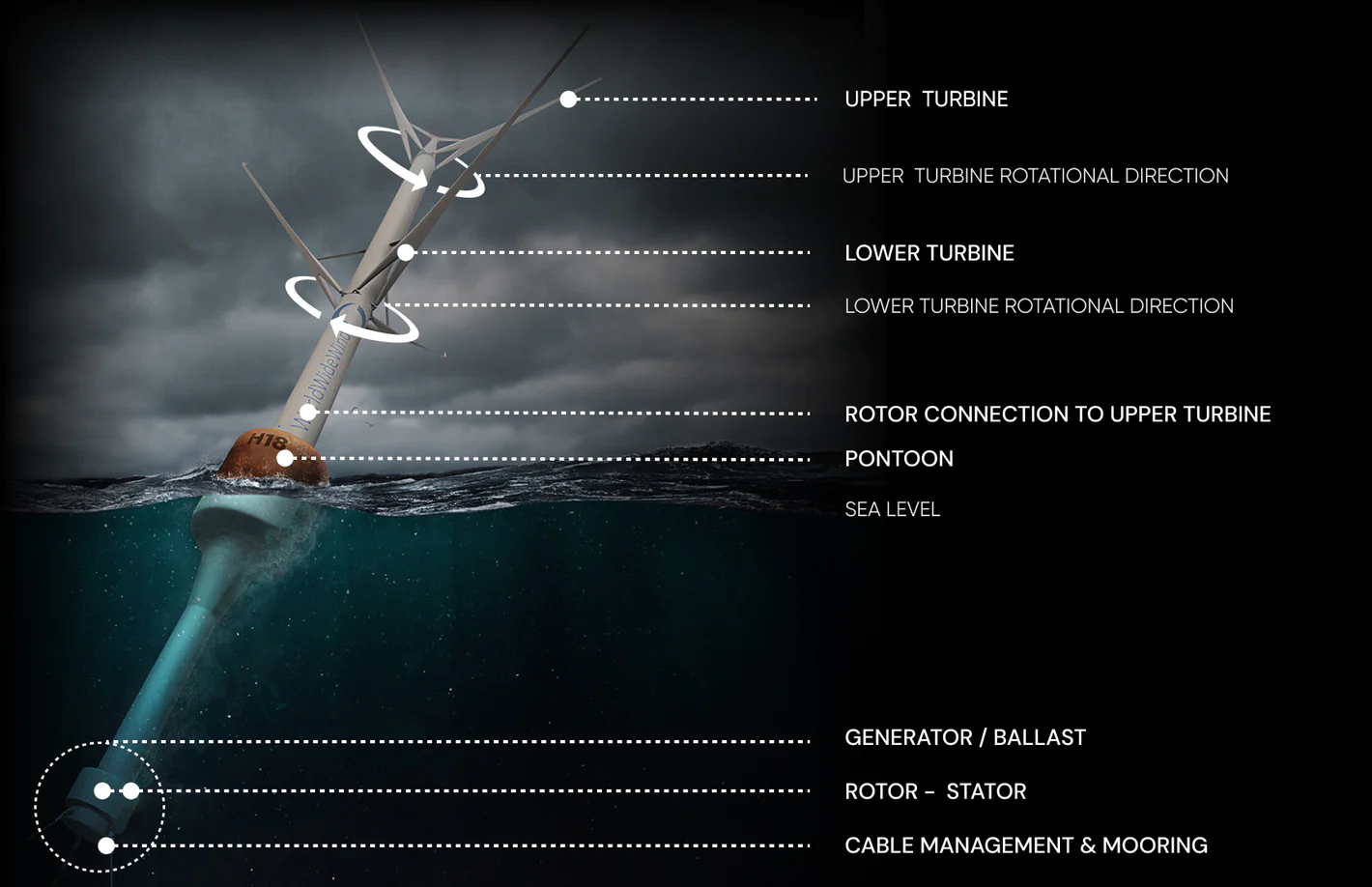Sign up for daily news updates from CleanTechnica on email. Or follow us on Google News!
Ford and Mercedes have learned to their sorrow that there is more to the game of selling an electric car than “Build it and they will come.” There was a time not so long ago when Tesla was selling every electric car it could weld, bolt, or glue together. It was building new factories in Shanghai, Texas, and Germany, and planning to sell 10 million EVs a year by the end of this decade. But a funny thing happened on the way to electric car nirvana. People began to realize there were cracks in the EV dream. Too few chargers and poor cold weather performance took some of the luster off the idea of driving an electric car. Then the nattering nabobs of negativism egged on by Big Oil and car dealer organizations began peppering social media with anti-EV messages.
A few years ago, Ford was ready to jump into the electric car fray with both feet. Videos of an F-150 Lightning towing a million pounds of freight cars made people gasp. They wanted the dream of an electric truck, but when it went on sale, the reality was somewhat less than they expected. Prices that were up to $20,000 more than anticipated didn’t help much either. Ford was going to convert its Oakville factory in Canada to electric truck production, but then last week, it put that plan on hold and said it would build more Super Duty pickup trucks there instead while it waited to see which way the winds were blowing. Political considerations could have had something to do with that decision as well. A second term for the Ogre of Mar-A-Lago would almost certainly see many of the electric car incentives contained in the Inflation Reduction Act disappear.
Ford Europe Electric Car Plans
This week, Marin Gjaja, CEO of the Model E electric car division at Ford, told Autocar the company’s plan to go all-electric by 2030 in Europe was “too ambitious.” Ford is no longer planning to stop selling combustion engine cars in Europe within the next six years, as it said it would in 2021, because of the “uncertainty” around EV demand and legislation. Instead it will continue to offer a range of hybrid options in its Puma, Focus, and Kuga offerings.
“I don’t think we can go all in on anything until our customers decide they’re all in, and that’s progressing at different rates around the world,” he said. “I think customers have voted, and they told us that was too ambitious, is what I would say. I think everyone in the industry has found that out the hard way. I would also say reality has a way of making you adjust your plans. We don’t see that going all-electric by 2030 is a good choice for our business or, especially, for our customers,” he added.
Ford recently revealed the new Capri as its third electric passenger car for Europe, following the Mustang Mach-E and Explorer, and will introduce electric versions of the Puma and Tourneo Courier next year. Gjaja said a new ‘multi-energy’ platform [we assume that is a euphemism for hybrid] currently in development for European cars. “We’re all in from the standpoint of we’re going to compete aggressively, whether it’s a pure ICE, whether it’s a pure battery-electric vehicle, or hybrids in between, because what we’re seeing is customers want that freedom of choice to pick the right powertrain and the right vehicle for their use case.” Production of the first model on this new platform — the size and shape of which remain unconfirmed — is scheduled to begin in Valencia in 2027 with projected volumes of up to 300,000 units per year.
Gjaja said solidifying an investment strategy in the context of today’s electric car market is difficult because it is unclear when actual demand for electric cars will be in line with the legislative and regulatory framework around them. The UK announced a ban on combustion engine cars beginning in 2030, but that commitment was unlikely to come to pass under the Tory government. Now that the Labour party has risen to power, that goal may become a reality.
“It makes it hard for all of us as manufacturers, because the investments aren’t trivial,” he said. “But right now, we feel like we need to be investing across those, as we wait, fundamentally for the uncertainty of how this is going to play out.” He remains confident that “it’s going to end at a highly electrified fleet — maybe ultimately completely electrified if we can get the battery costs and energy density right. That’s a destination, and is that 10 years out or is that 30 years out? I don’t think anyone’s crystal ball is good enough to say.”
That sort of speculation, of course, completely ignores the need to slash carbon emissions rapidly by the end of this decade. Otherwise, there will be an epitaph for humanity that reads, “We meant well, but market conditions just weren’t right.”
Mercedes EQC Electric Car Disappears
Mercedes had an electric car strategy. It would simply make a battery-electric version of its existing conventional car lineup. The EQS is an S Class built on a battery-electric chassis. The EQC was intended to be an electric car for C Class customers, but it did not sell well. In fact, Mercedes stopped manufacturing it a year ago, but there were still some unsold cars around. Now they are all gone. According to Electrive, the EQC is no longer listed on either the German or British Mercedes websites.
There were rumors in 2022 that production of the EQC in Bremen would end in 2023. At that time, Mercedes said it did not want to comment on “speculations about future model series and their planning.” But that was precisely what happened. “Production of the EQC ended as planned in the second quarter of 2023,” a Mercedes spokesperson told Electrive.
However, it is still unclear what will happen with the EQC name. Mercedes has already abandoned the EQ designation for the battery-electric G-Class, which is sold as the G 580 with EQ technology and not as the EQG 580, leaving it unclear what the future midrange electric car models from Mercedes will be called.
The Takeaway
I had never heard the word gavotte until Carly Simon used it in the lyrics to her song You’re So Vain. According to Dictionary.com, it is a medium-paced French dance that was popular in the 18th century. Somehow, that seems an apt description of what many automakers are doing as they strut and fret their way into the electric car future. They are doing a medium paced dance — not fast and not slow — as they dip first one toe and then another into the world of electric car mobility.
Not everyone in the industry is so timid. Hyundai and Kia, for instance, seem to have embraced the future with a range of battery-electric cars that appeal to a wide range of customers. And of course the Chinese have cracked the code on how to build affordable EVs when no one else can. Still, the model of slitting each other’s throats to see who can slash prices the most would not seem to be a sustainable strategy.
Most CleanTechnica readers assumed the EV revolution would happen on schedule due to the imperatives of the S Curve. Is it possible we were wrong? The upshot is that the world at large does not seem to be taking the need to transition to zero emissions transportation as seriously as it should, which means our plans to keep the Earth from becoming a baked potato that is inhospitable to human civilization are dangerously behind schedule.
Have a tip for CleanTechnica? Want to advertise? Want to suggest a guest for our CleanTech Talk podcast? Contact us here.
Latest CleanTechnica.TV Videos
CleanTechnica uses affiliate links. See our policy here.
CleanTechnica’s Comment Policy





